Connecting to create living landscapes

Credit - Chad Cocking.
Promoting connectivity to create living landscapes in Southern Mozambique
Since 2018, Elephants Alive and Mozambique Wildlife Alliance (MWA) have been working to identify vital elephant corridors in southern Mozambique. These corridors link Protected Areas across international boundaries. However, human-elephant conflict (HEC) is a significant issue as elephants impact local communities by raiding crops. With 55% of Mozambique’s population living on less than $1 per day, subsistence farmers are highly vulnerable to both climatic events and conflicts over food sources with elephants. These communities often lack the experience, financial resilience, and tolerance for such conflicts.
Our project aims to boost wildlife connectivity and tackle HEC in southern Mozambique. It does so by establishing connected ecosystems that join existing protected areas through community-owned corridors. These corridors, delineated by tracking the movements of collared elephants, promote ecological connectivity and are vital to help contribute towards global biodiversity targets. Mobile Rapid-Response Units (RRUs) patrol these landscapes, equipped with toolkits to scare elephants away from crops, enhancing safety for both humans and wildlife. Additionally, experimental soft barriers are being tested to protect crops, some of which are income-generating. Overall, this strategy aims to protect elephants, support biodiversity, and bolster sustainable rural economies by involving local communities in conservation efforts.
This initiative is a collaborative effort supported by an international network of expert partners, including The Elephants and Bees Project, For Elephants, Sensing Clues, and PAMS Foundation. Together, we are able to overcome logistical challenges, deploy cutting-edge technology and conduct comprehensive surveys to inform conservation strategies.
Harnessing data for conservation
A key aspect is tracking elephants with GPS tags to better understand their movements. So far, MWA has successfully deployed eight collars and plans to add two more to complete the first-year baseline. This data has been instrumental in developing models that generate monthly maps, identifying areas in Southern Mozambique susceptible to elephant crop-raiding. Early results are promising, paving the way for ongoing improvements in predictive capabilities for proactive conservation interventions.
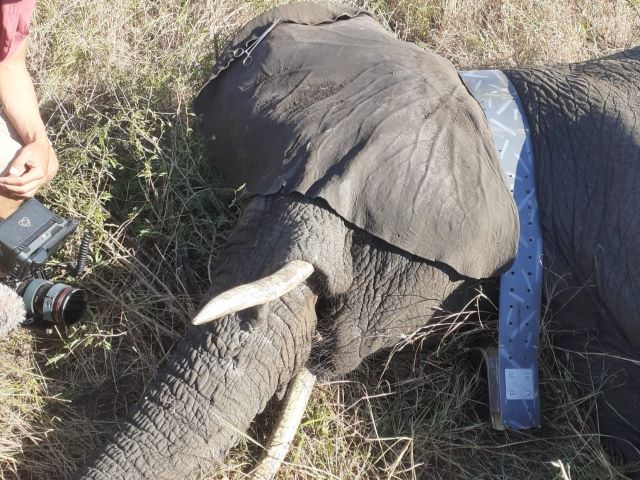
Rapid response units: Heroes in action
Meet the heroes on the ground — the shepherds of the RRUs! Recently, MWA trained one local responder in Moamba District, equipping him with a motorbike and toolkits to keep elephants away from crops. Atanásio, a shepherd from Moamba, whose involvement with the RRU has made a real difference in his community. He is among other shepherds, such as Mabutho, Cumbana, and Williamo. Their stories illustrate how local engagement in conservation efforts can turn challenges into victories and strengthen community ties to have a real impact on the ground.
In the first 1.5 years of operation, the RRU achieved a 79% deterrence success rate in reported HEC cases, with a 22% increase in successful interventions. Other than providing much-needed physical safety and protection of subsistence crops for entire families, the RRUs play a vital role in educating the villages and the communities that they protect.
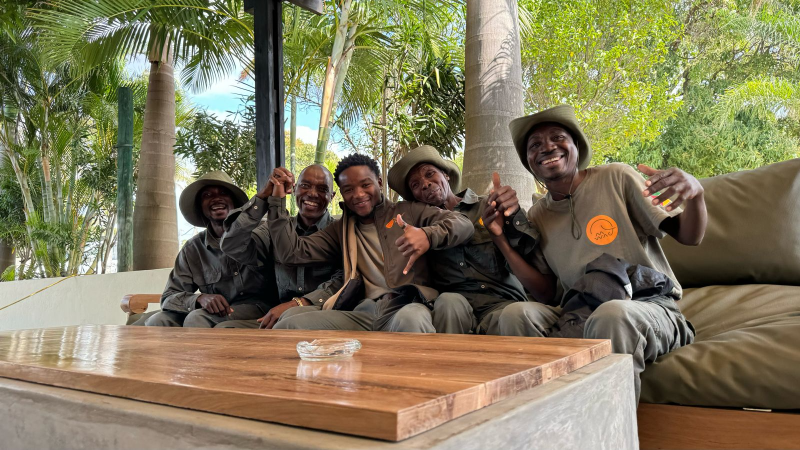
Community engagement and protection
Community engagement is fundamental to our efforts. MWA has logged 367 conflict cases (287 involving elephants) across 31 districts. Twelve training sessions have reached 420 participants (276 men and 144 women) in the first year. These sessions cover legal frameworks and conflict management approaches tailored for district authorities and local communities, empowering community members with practical knowledge, fostering resilience, and promoting a balanced relationship with wildlife. Specialised training for community members includes mitigation equipment and animal behaviour understanding, essential for effective conservation on the ground.
Innovative solutions on the ground
In Mozambique's Namaacha Valley, Elephants Alive, STE, and PAMS Foundation have implemented multi-faceted barriers. These barriers include beehives, metal strip fencing, chilli rags, flashing lights, and smelly repellents to deter elephants. Low-cost, sustainable strategies that communities can implement themselves are prioritised to ensure sustainability in the future. Beehive fences, for example, are income-generating. Four beekeeping training events have taken place, extensively training local farmers in hive management to protect crops and enhance honey production. Planting elephant-unpalatable crops with a market value functions as another income-generating barrier, with bees aiding pollination. Various crops tested during feeding trials with semi-habituated elephants have been published in scientific literature.
In Incomati Rengue (Moamba), MWA has set up an electric fence that covers 15.2 ha of farmland, benefiting 45 families. This project not only protects crops but also enhances food security and promotes sustainable farming practices. It’s a win-win for the community, creating a safe environment for farming while encouraging collaboration and self-reliance.

Empowering local leaders
Women from local villages have become enthusiastic participants in these initiatives. Groups ranging from 6 to 20 members have actively engaged. Experts like Ronny Makukule and Tshepo Ngobeni (Elephants Alive - South Africa) played pivotal roles in translating and demonstrating techniques, ranging from beehive fences to smelly elephant repellent preparation taught by Derick Wanjala (Save the Elephants - Kenya), with Max Jenes (PAMS Foundation - Tanzania) sharing his 14-year knowledge on chilli rag fences. This cross-border collaboration exemplifies shared challenges and effective mitigation strategies, fostering mutual learning and regional cooperation.
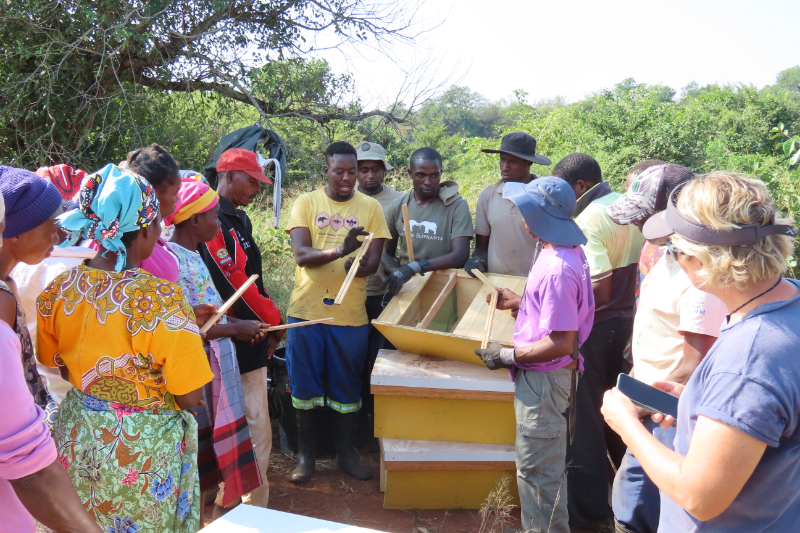
Building BEACONs of hope
Elephants Alive constructed Southern Mozambique's first HEC watch tower in Namaacha Valley, funded partly by the Elephant Crisis Fund. These towers, called BEACONs (Building Elephant & Agricultural Community Observation Networks), are educational and practical hubs. They offer a symbolic elevation of community members above their problems, providing a bird’s eye view of the issues. Practically, the tower functions as a storeroom, honey processing facility, and observation platform. Solar-powered spotlights illuminate educational posters from the Save the Elephant’s HEC toolbox manual in Portuguese, and community members use powerful flashlights for night vigilance over crops. Positioned strategically, the tower has significantly bolstered protection, with the local community chief expressing delight that "for the first time we feel taller than the elephants!" Two more BEACONs are planned and they will be erected in the Namaacha valley to add to the diverse array of HEC mitigation methods being implemented.
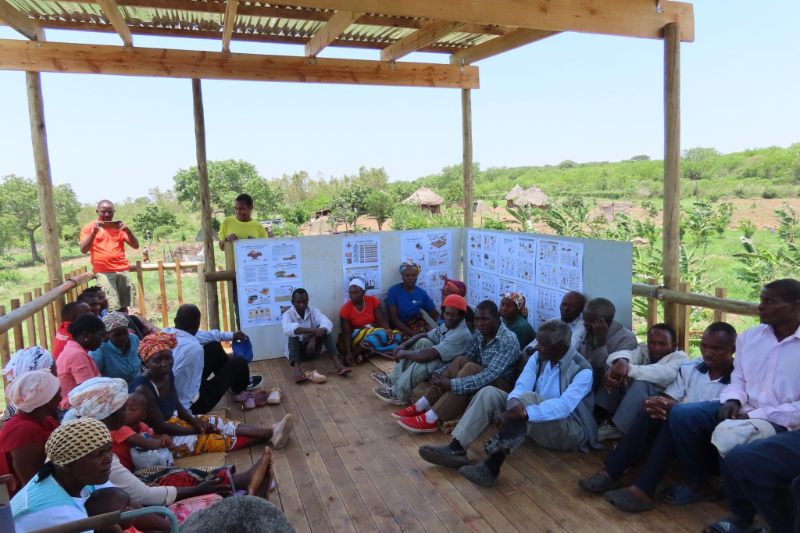
Survey and community support
With support from Jamma International, Elephants Alive conducted a social survey led by expertise from Zimbabwe in Gumbe and Muswazi regions to assess HEC. Findings highlighted significant property damage due to elephants, varying by area. Strong community interest in communal farming and innovative deterrents like bee-fencing underscores the need for enhanced education and support. Recommendations emphasise ongoing deterrent evaluation, improved reporting systems, and regional knowledge exchange to manage HEC effectively across Southern Africa.
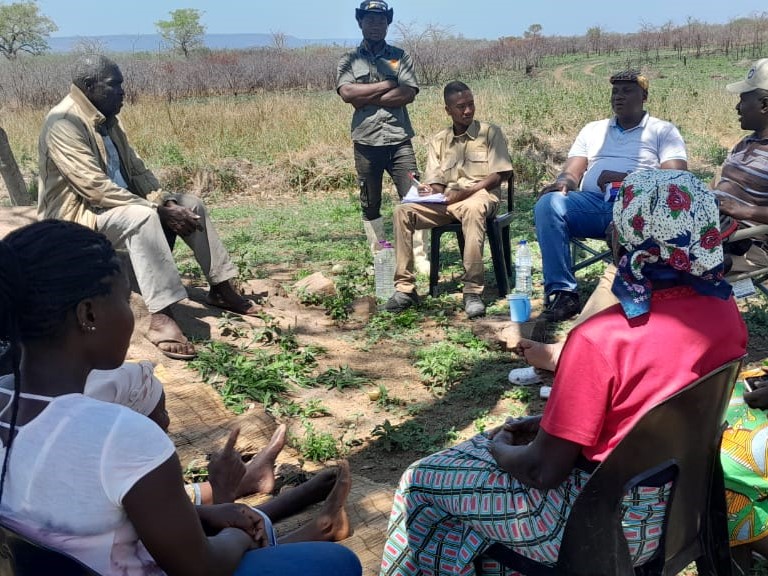
Empowering women for sustainability
Women play key roles in small-scale farming and commerce in Southern Mozambique. Despite challenges like high illiteracy, efforts are underway to empower women through targeted skills training in beekeeping, permaculture, and market-chain production of elephant-unpalatable crops. Inspired by successful models, these initiatives not only support wildlife conservation but also prepare women as leaders and stewards.
Achieving SDGs: A collective effort
Our project supports several Sustainable Development Goals (SDGs), including Responsible Consumption and Production (12), Life on Land (15), Peace, Justice, and Strong Institutions (16), and Partnerships for the Goals (17). By aligning our work with these goals, we’re not only advancing conservation and community resilience but also creating a model that can inspire and be replicated in other regions.
A Journey of collaboration and innovation
Despite facing challenges, our joint efforts are significantly advancing our goals, thanks to the unwavering commitment of local communities and the expertise of our dedicated partners.
Our project's innovative strategies, grounded in community engagement and technological advancements, represent a pioneering effort to mitigate HEC while promoting sustainable development and conservation outcomes. By actively involving local communities and leveraging data-driven solutions, we aim to safeguard wildlife, enhance biodiversity, and foster harmonious coexistence—a blueprint for sustainable conservation practices in the region.
As we look ahead, we remain optimistic and dedicated to our mission. With continued collaboration and innovation, we are confident that we can achieve our vision of creating living landscapes where both humans and wildlife can thrive together.
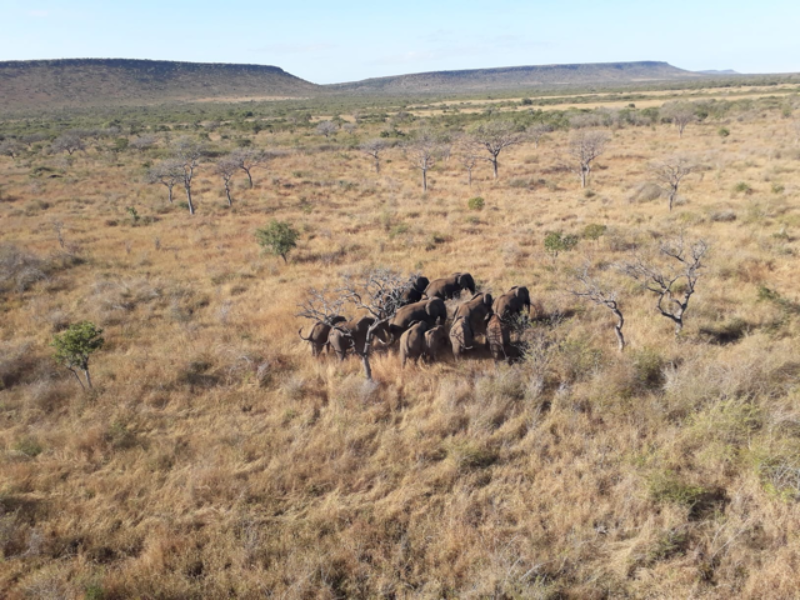
Written by Katie Thompson, Michelle Henley, Poole & Adriana, and Pampulim Simões. For more information on this Darwin Initiative Main project 30-028, led by Mozambique Wildlife Alliance, please click here.

 Back
Back